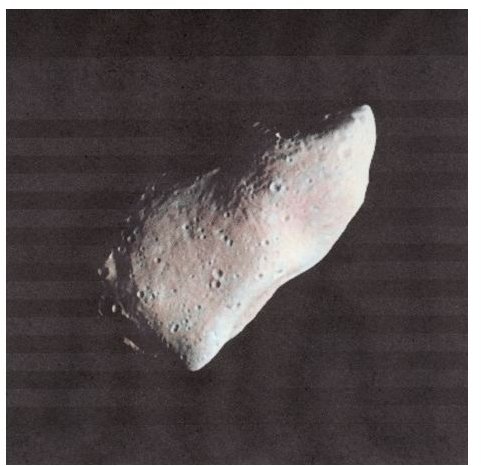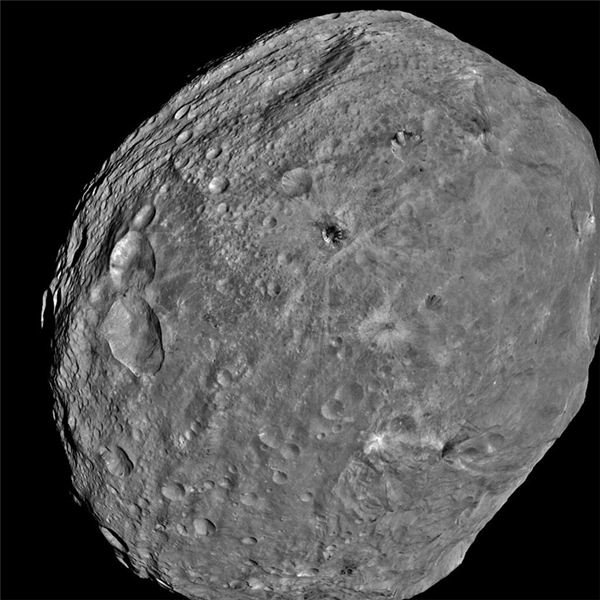Asteroid Belt Facts & Fascinating Findings on Our Solar System: Learn Asteroid Facts & More
Asteroid Belt Facts
- Position in the Solar System: 5th planetary orbital position
-
Minimum distance to Earth: Approximately one AU
-
Orbital inclination to ecliptic: Main belt–<4 degrees
-
Orbital eccentricity: Main belt—0.33
-
Diameter: Main belt—Approximately 3 AU
-
Mass: Main belt—est. 22X106kg, 10x106lbs
-
Largest object in main belt: asteroid Ceres—974 km, 604.2 miles, in diameter (recently reclassified as a minor planet)
-
Number of known objects in main belt: 100,000; most are pebble size—16 have diameters of at least 240 km, 150 miles.
-
Types of asteroids: 3—
-
Carbonaceous or C-type (make up 75% of asteroids—very dark);
-
Silicaceous or S-type (appx. 17% of known asteroids—fairly bright composed of rocky material)
-
Metallic or M-type(fairly bright, composed of iron)
Recent probes by spacecraft seem to indicate that many asteroids are mostly ice, similar to comets.
- Albedo:
-
C-type-0.03 to 0.09
-
S-type-0.10 to 0.22
-
M-type 0.10 to 0.18
Amazing Asteroid Facts!
1). There should be a planet where the asteroids roam – According to the Titius-Bode law, which states that planets form at specific distances from the sun and from one another, the position the asteroid belt holds is where a 5th planet should be. The orbit of Ceres is precisely where Titius-Bode predicts the missing planet! Why instead is there a cosmic junk yard? It was once thought that a planet had formed there and broken up or exploded. But now we’re reasonably certain that Jupiter’s massive gravitational pull prevented the accretion of the larger chunks of rock into a planet. This is borne out by the low mass of the entire remnants of the main belt. It is less than about a third the mass of the moon. The rest of the planet making material was blown away by the solar wind or pulled into Jupiter’s voracious gravity engine.
- Sometimes asteroids stray from the main belt – On occasion, Jupiter’s massive gravitational power will disturb an asteroid and knock it out of the belt, sending it on a journey around the sun. Some of these come near Earth. These are the Near Earth Asteroids, or NEAs. These are asteroids whose orbits bring them out of the main belt and within Earth’s orbit. That puts them in striking distance of the Earth. In January of 2010, an unnamed asteroid, some 2000 feet long, came within 76,000 miles of our home planet. Others cross the Earth’s orbit regularly but at greater distances. To date, we have found 3400 NEAs. The largest is Ganymed—41 km, 25 miles in diameter. 1100 have diameters of more than a kilometer, 0.62 miles.
Asteroid Photos


Credits
Asteroid belt: https://www.solstation.com/stars/ast2belt.gif
Eros: NASA https://antwrp.gsfc.nasa.gov/apod/ap010605.html
Gaspra: https://www.solstation.com/stars/hiresc.gif
Vesta: NASA/JPL https://dawn.jpl.nasa.gov/multimedia/images/slide2_image.jpg
